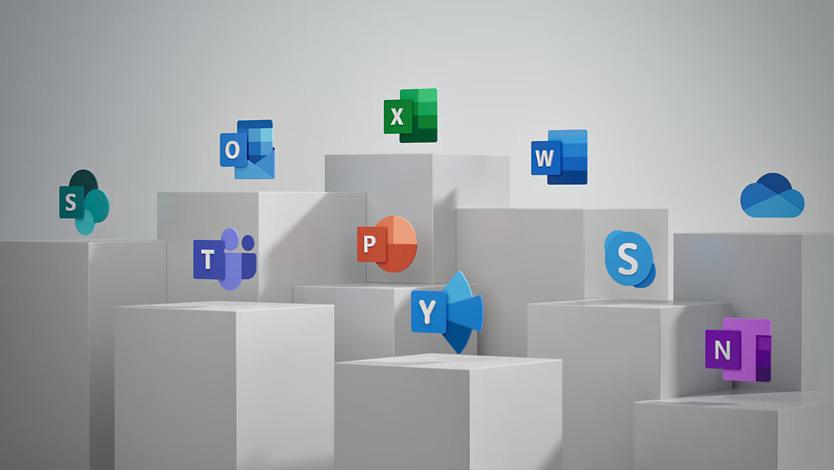Are you selling a product or a service?
You might be aware that there are many different types of marketing. The kind of marketing strategy that you employ will be influenced by your goals and target audience. But it will also be influenced by the type of product or service that you are promoting. Not all marketing strategies are created equal. For example, there is a difference between marketing a product and marketing a service, and the two require different strategies.
Our blog sets out the difference, helping you to better market your business, whether you offer a product, a service or both.
The difference between product marketing and service marketing
The obvious difference between products and services in marketing is that products are tangible, and services are intangible:
Products
Marketing a product is usually much easier as it can be shown, demonstrated, touched and displayed. Tangible products are also much easier for your audience to understand in terms of value or whether they are needed. Whether this is true or not can be difficult to say, especially when you consider the blurred lines of the B2B technology world, where products and services are becoming more and more entwined.
Regardless, the aim of your product marketing strategy should include finding the right market for your product, and promoting it in a way that gets the best response from your target audience. It’s important to remember that your product stays the same regardless of who you are targeting and can often be returned if the customer is dissatisfied.
Services
Services, on the other hand, are intangible and showing its value to your audience can be more difficult. You can’t see or touch a service. Often, then, the goal of marketing a service is to create good relationships with your target audience, developing and building trust. You are essentially selling yourself.
Customisation
While products are designed, built and delivered to a range of customers ‘as standard’, services can be tweaked and customised depending on the needs or wants of customers. Your service marketing strategy should reflect this by highlighting the personal touches you provide or how you listen to your customers’ needs.
Delivery
When a business sells a product to a customer, the buyer takes it away with them. In the case of a service, the customer must go to the service provider if they want to enjoy or experience it. You cannot separate the service from the provider. For example, if you wanted to buy a DVD from Amazon, you click on the buy button and wait a couple of days for the product to arrive. However, if you want to enjoy the Amazon Prime streaming service, where movies are updated regularly, you need to head to the website and watch the film there.
Ownership
There is a difference, in terms of ownership, between a product versus a service. A product can be bought, used and then resold ‘second-hand’, while a service cannot – once it’s been consumed. A product is also a separate entity to the business who creates/sells it. A service, on the other hand, is always connected to the business who provides it. Marketing for services should be all about building the brand and personality of the service provider.
Expiration
It’s also important to understand that services are consumed immediately and cannot be returned once carried out. This is where the marketing goal of creating trust comes in. If you provide a bad service, your customers cannot return the service, but they may not return as customers. Once a buyer has bought a product, it doesn’t mean they will buy from you again – but if they are happy with it, it’s more likely that they will.
Time
Usually, services are provided at a specific time for a specific period. After this, the service agreement must be renewed or cancelled. A product can be bought and owned without any time constraints. Marketing differences here should centre around the value of low-cost monthly subscriptions in the case of services, or a ‘buy once, use forever’ message for a product.
See the chart (source) below for a comparison of the differences between product and service marketing:
| Product marketing | Service marketing | |
|---|---|---|
| Meaning | Product marketing refers to the process in which the marketing activities are aligned to promote and sell a specific product for a particular segment. | Service marketing implies the marketing of economic activities, offered by the business to its clients for adequate consideration. |
| Marketing mix | 4 P’s | 7 P’s |
| Sells | Value | Relationship |
| Who comes to whom? | Products come to customers. | Customers come to service. |
| Transfer | It can be owned and resold to another party. | It is neither owned nor transferred to another party. |
| Returnability | Products can be returned. | Services cannot be returned after they are rendered. |
| Tangibility | They are tangible, so the customer can see and touch it, before coming to the buying decision. | They are intangible, so it is difficult to promote services. |
| Separability | Product and the company producing it, are separable. | Service cannot be separated from its provider. |
| Customization | Products cannot be customized as per requirements. | Services vary from person to person and they can be customized. |
| Imagery | They are imagery and hence, receive quick response from customers. | They are non-imagery and do not receive quick response from customers. |
| Quality comparison | Quality of a product can be easily measured. | Quality of service is not always easily measurable. |
Cloud IT has changed the dynamic
Today, IT companies sell products like Office 365 and Salesforce’s CRM which falls under Software as a Service. This blurs the lines between the two traditional definitions and needs to be covered in your marketing strategy. Our advice when talking about a product such as software that is packaged as a service, is to err on the side of the ‘service marketing’ camp.
For businesses in the B2B world, and especially those that work in a partner network, differentiating themselves in a competitive marketplace and understanding the difference between product and service marketing can be crucial to their continued growth.
AI has changed the dynamic even further
AI is reshaping how products and services are marketed by enhancing data analysis, personalisation, and automating tasks. AI optimises product marketing through data-driven insights, content optimisation, and dynamic pricing. It helps businesses predict trends, understand customer behaviour, and tailor messages for better engagement and efficiency.
Service marketing benefits from AI’s ability to personalise interactions and improve customer service. AI-driven chatbots provide 24/7 support, and predictive analytics forecast customer needs, enabling more targeted and responsive marketing strategies.
In B2B SaaS, AI plays a key role in managing hybrid product-service marketing. It aids in customer journey mapping, automated campaigns, and personalised upselling, ensuring a cohesive and effective approach.
The future of AI in marketing
AI will continue to improve, offering marketers even greater capabilities. As marketers, we should focus on AI’s potential to produce more creative work, not just faster results. Using AI for innovation can drive unique and engaging campaigns that resonate more deeply with audiences.
Check out our AI Innovators Report which is built using AI to dynamically tailor its content you. It’s the next step in true personalisation in marketing. Download yours for free.
Did you know half of our clients sell products and the other half services?
What that means is we know how to do both. We know what it takes to be a high-growth startup with serious lead generation needs, but we also know that sometimes services sales are a bit more nuanced, and take a bit longer to develop. If you're a services company with SaaS ambitions, then we have some really interesting insights for you.

